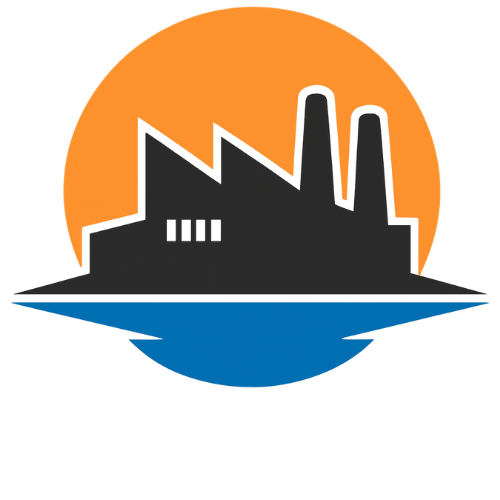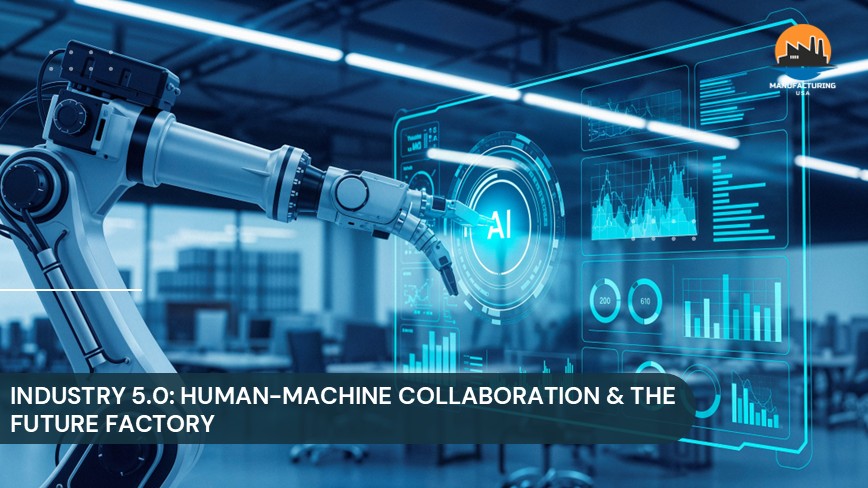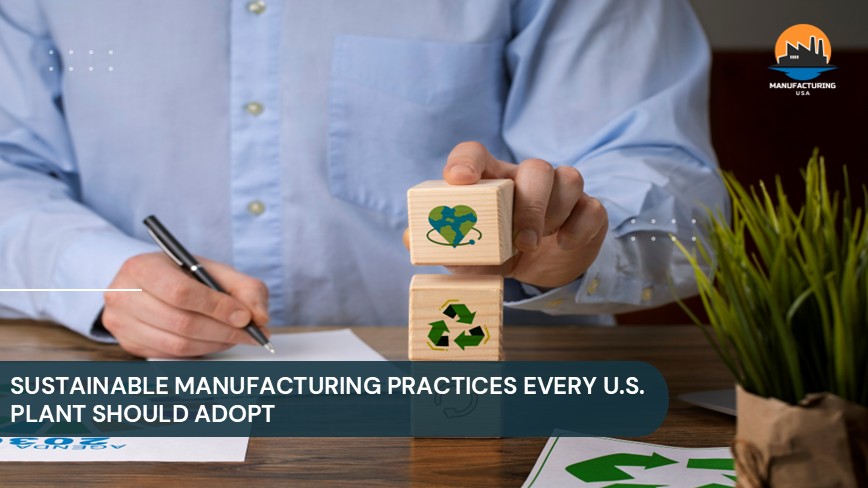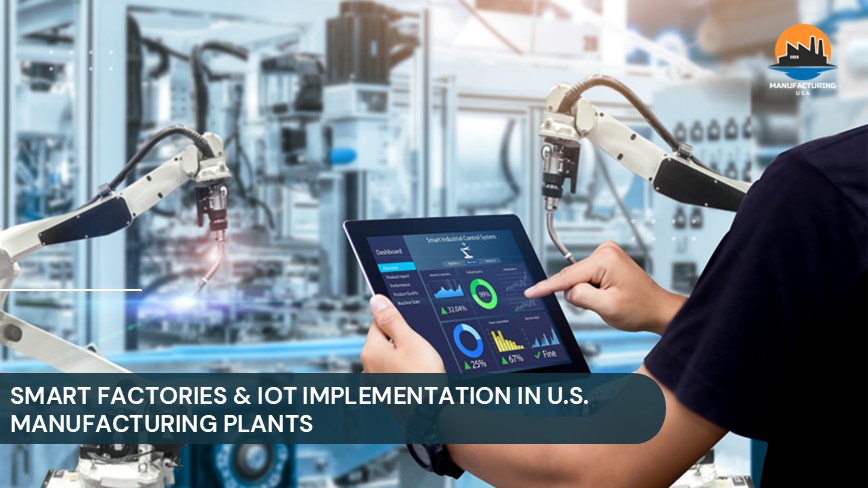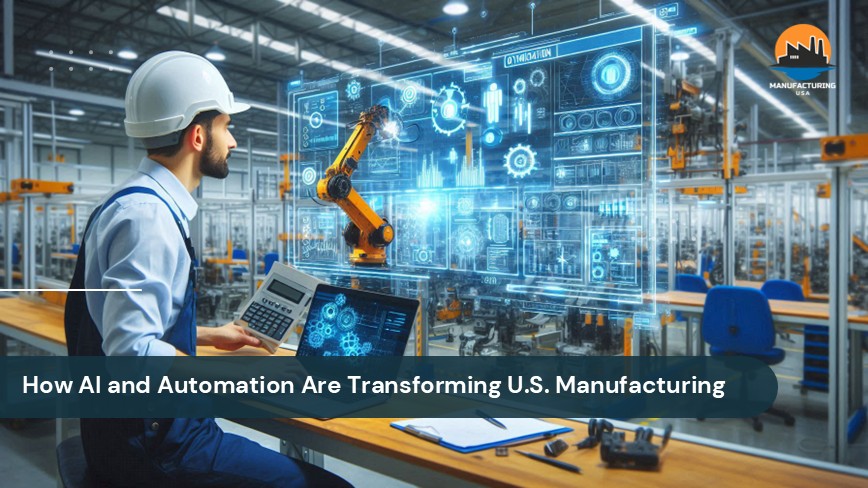Introduction to Industry 5.0
Industry 5.0 is the next evolution of manufacturing, transforming the way humans and machines work together on the factory floor. Unlike automation-focused Industry 4.0, Industry 5.0 underlines human-centric innovation, sustainability, and system resilience by placing workers at the center of technological advancement. This approach integrates artificial intelligence, collaborative robots, digital twins, and advanced analytics to create adaptive ecosystems where human creativity and machine precision achieve unprecedented productivity and personalization.
The global Industry 5.0 market is experiencing exponential growth, reflecting integration of AI, Internet of Things, robotics, and 3D printing into manufacturing processes. This transformation enables automation, mass customization, and efficiency enhancement while balancing economic performance with environmental stewardship and social responsibility.
Market Size and Growth Dynamics
The Industry 5.0 market demonstrates exceptional momentum globally, with sustained expansion projected through the end of the decade. The market reflects widespread integration of AI, robotics, and digital twin technologies across manufacturing sectors. Regional adoption varies, with North America and Asia-Pacific showing particularly strong interest driven by different industrial priorities. North America focuses on advanced technology integration while Asia-Pacific leverages strong manufacturing ecosystems.
The automotive industry shows significant adoption of Industry 5.0 principles, as manufacturers seek enhanced efficiency and mass customization capabilities. Electronics manufacturing also demonstrates strong interest, driven by precision requirements and rapid product cycles.
Technology investments span hardware, software, and services, with digital twin technology experiencing rapid growth as manufacturers recognize its potential for predictive maintenance, real-time monitoring, and process optimization, which are all core objectives of human-centric manufacturing.
Human-Machine Collaboration Through Collaborative Robots
Collaborative robots (cobots) represent the technological cornerstone of Industry 5.0. The global collaborative robot market is experiencing rapid expansion as manufacturers increasingly adopt flexible automation solutions. Unlike conventional industrial robots, cobots work safely along with human workers, equipped with sophisticated sensors and intelligent programming that enable seamless collaboration.
This accelerated adoption is driven by flexible manufacturing demand, enhanced safety requirements, and the growing recognition among small and medium-sized enterprises that cobots provide accessible automation solutions without requiring extensive infrastructure changes.
Recent Innovations
In May 2024, Techman Robot Inc. unveiled the TM AI Cobot TM30S, offering advanced payload capacity and extended reach capabilities. In February 2025, ABB expanded its AI-powered robotic solutions for logistics and e-commerce applications, featuring AI-based vision technology. In March 2024, Teradyne Robotics partnered with Nvidia to add AI capabilities to industrial robots, dramatically accelerating cobot path-planning processes.
Major applications span automotive assembly, electronics manufacturing, material handling, and quality inspection. The automotive industry leverages cobots for assembly, welding, and painting operations, while electronics manufacturers deploy them for precision tasks requiring high repeatability. Material handling operations increasingly utilize cobots to improve productivity while reducing workplace injuries.
Digital Twin Technology Driving Smart Manufacturing
Digital twin technology serves as the virtual backbone of Industry 5.0, experiencing rapid market expansion. Digital twins offer real-time monitoring, predictive insights, and simulation capabilities that transform manufacturing operations, powered by IoT, AI, cloud computing, and edge analytics.
Digital twins have revolutionized maintenance strategies through predictive capabilities. Aerospace and energy sectors have reported significant benefits, with substantial reductions in machine breakdowns and maintenance cost savings. By allowing real-time monitoring as well as fault prediction, digital twins allow organizations to anticipate equipment failures and implement proactive maintenance strategies.
Manufacturers using digital twins report notable efficiency gains by redesigning production schedules and identifying hidden bottlenecks. The technology enables testing production scenarios without stopping operations, facilitating mass customization while maintaining efficiency.
Germany demonstrates strong digital twin adoption in smart factories as well as automotive innovations, with several companies, including Siemens, excelling in process optimization. China incorporates digital twins in national manufacturing initiatives, while the UK focuses on urban planning applications and India adopts the technology through Smart Cities programs.
Key Technologies Enabling Human-Centric Manufacturing
- Artificial Intelligence and Machine Learning: AI and ML enable intelligent manufacturing through predictive maintenance, quality control, and autonomous decision-making that augments human expertise. At CES 2025, Siemens unveiled the Industrial Copilot for Operations, bringing AI directly to the shop floor for real-time decision-making. The ecosystem enhances human-machine collaboration across experience levels, boosting productivity and operational efficiency. The system facilitates rapid decision-making for shop floor operators and maintenance engineers while minimizing downtime.
- Advanced Sensors and IoT: Modern robots leverage LiDAR, 3D vision, and haptic sensors integrated with IoT systems for remote monitoring and autonomous adjustments. These technologies enable precision, safety, and adaptability while prioritizing worker safety, allowing robots to navigate complex environments and collaborate effectively with human workers.
- AR/VR Technologies: Augmented and virtual reality enable immersive training, remote assistance, and design collaboration. Workers can visualize complex processes and interact with virtual prototypes, enhancing decision-making and reducing errors while bridging physical and digital environments.
Challenges and Implementation Barriers
Despite transformative potential, Industry 5.0 faces significant challenges. High capital costs and ROI uncertainty represent obstacles, particularly for SMEs. Substantial initial investments in AI, robots, and smart manufacturing make expense validation challenging without assured returns. Integration complexity heightens operational risks.
Cybersecurity vulnerabilities intensify as manufacturing integrates AI, IoT, and cloud computing. Industry 5.0’s dependence on data interchange renders factories susceptible to hacking, data breaches, and operational disruptions, necessitating robust security frameworks.
Workforce transformation requires significant reskilling initiatives. Workers must develop competencies in digital technologies, data analytics, and human-robot collaboration. Organizations must invest in training while managing cultural resistance.
Legacy system integration poses technical hurdles with incompatible communication protocols and data formats. Many plants defer adoption until full line overhauls due to expensive controller upgrades required for decades-old production lines.
Future Opportunities and Strategic Outlook
Industry 5.0 presents compelling opportunities across multiple dimensions. Sustainability integration stands as a core principle, with AI enabling carbon emission tracking and green infrastructure development. Major industrial companies are making significant progress toward decarbonization targets, with their technologies helping customers substantially reduce emissions through more efficient operations and cleaner energy systems.
Expanding geographic adoption accelerates as emerging markets leverage government initiatives like China’s national manufacturing programs and India’s Smart Cities initiatives. Developing regions benefit from adopting advanced human-centric systems that integrate sustainability from the outset.
Industry-specific applications diversify beyond traditional manufacturing. Healthcare organizations increasingly use digital twins for personalized patient care and treatment optimization. Food and beverage sectors deploy cobots for flexible production while maintaining rigorous safety standards. Emerging applications in semiconductor manufacturing and battery recycling industries represent significant future opportunities.
Advanced interfaces continue evolving through voice recognition, gesture control, and more intuitive interaction methods, democratizing access to manufacturing technologies. The convergence with 5G, edge computing, and quantum computing promises unprecedented real-time processing capabilities, ultra-low latency control systems, and solutions to complex optimization challenges, positioning Industry 5.0 as the definitive framework for sustainable, human-centric manufacturing excellence.
